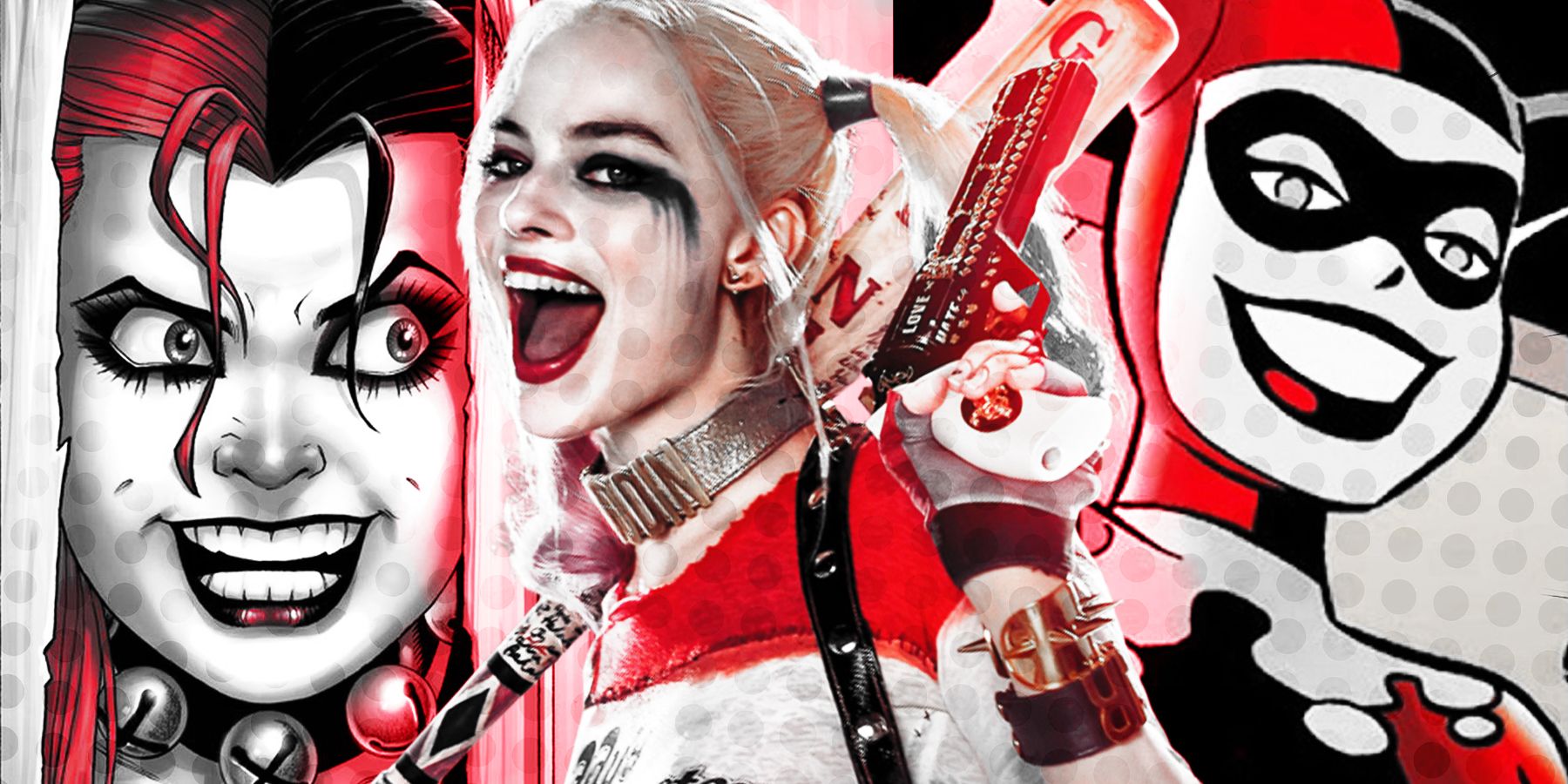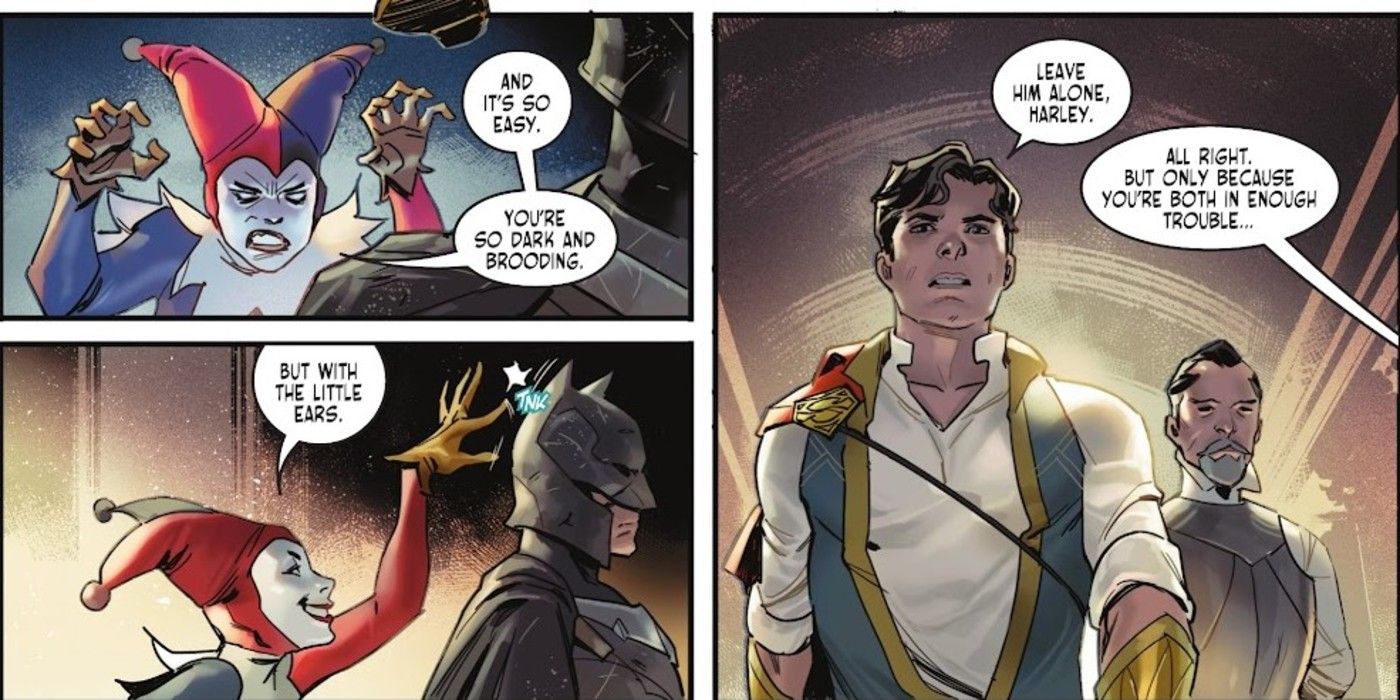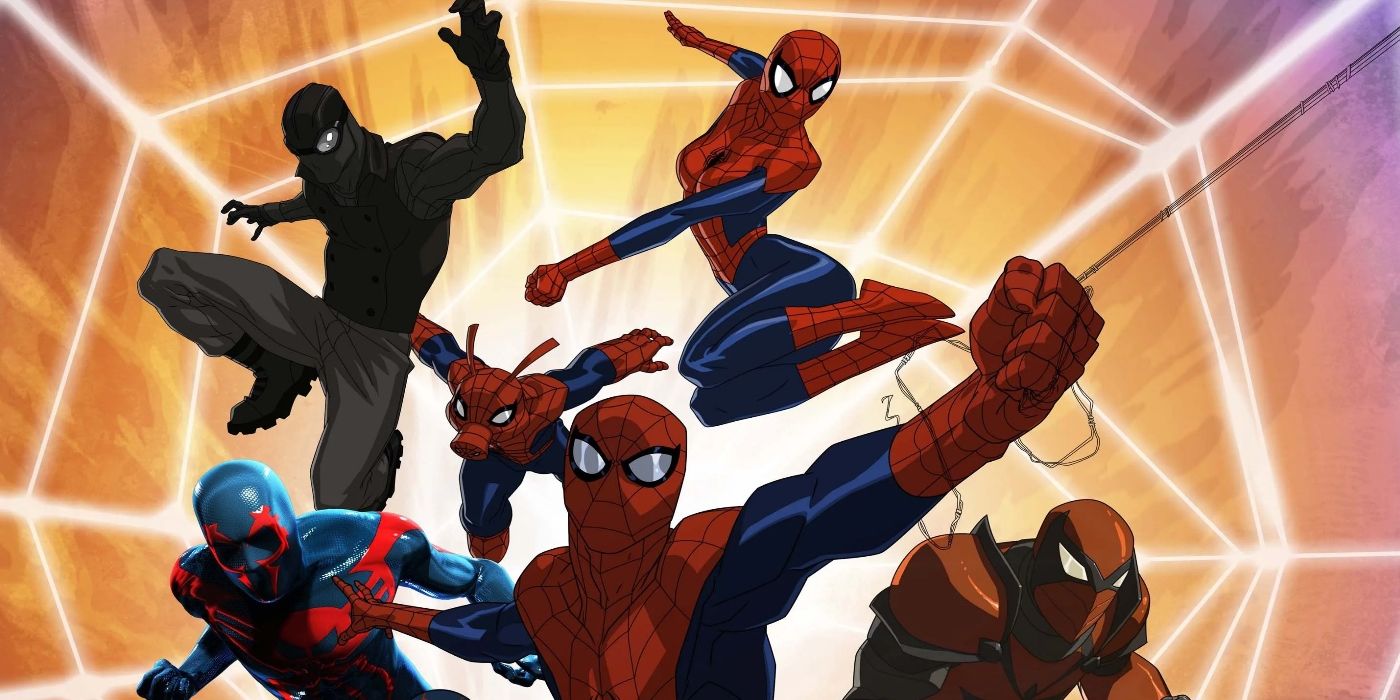Stories often follow common tropes. Whether it's the Hero’s Journey or simply the fact that Quicksilver is a lot like The Flash, well-trodden steps are often what writers fall into for better or worse. Sometimes, however, these similarities are truly coincidences, even though they may foreshadow more. Occasionally, conditions and tropes will become trodden in just the right way to allow for something incredibly unique to happen. What's more, every now and again, it happens twice.
Take, for example, Harley Quinn. This character from DC, after rocketing to leading character status over her short few decades in comics and movies, is spreading across cartoons and multiple live-action movies. This multi-franchised presence has echoes of another well-known comic character, Spider-Man. For decades, the Spider-Men of the big screen happened to be much like the comic book versions, their alternate versions as much a factor of their stories as wall-crawling. Harley Quinn’s similar circumstance of multiple versions existing across media may well signal the development of her own Harleyverse in the coming decades
Fans should consider the multiple realms which are occupied by versions of Harley Quinn within comic books. This includes books like Dark Knights of Steel (by Tom Taylor and Yasmine Putri) to Injustice (by Tom Taylor, Jheremy Raapack, and Mike S. Miller), where the jester has served as a royal advisor, a war leader, and a sidekick to many a hero and villain. What’s most important, though, is that she is also a presence in a great number of multiverses in the comics.
This is largely a result DC’s Elseworlds narratives, the likes of which cross over less frequently than Marvel’s alternate worlds. However, Harley's different roles becoming more prominent in recent Elseworlds books certainly seems to imply that DC sees great potential for the character in the multiverse. These multiple versions of the character have largely seemed to be a quirk of DC's many universes until very recently. A second factor that makes Harley likely to act as a sort of nexus for a meeting of the Multiverses is her being played by many people in a number of different products.
She is voiced by Kaley Cuoko in HBO’s Harley Quinn and Melissa Rauch in the DCAU. In live action, she is played by Margot Robbie in the DCEU and will shortly be played by Lady Gaga in the Joker franchise. The character of Harley Quinn has managed as many, if not more, appearances on-screen than Spider-Man and inhabits at least as many named universes. All of these Harley Quinn projects taking place at the same time are incredibly reminiscent of the multiple Spider-Man franchises taking place which happened to make conditions perfect for Spidey's multiversal side to come out.
These seemingly unrelated notes of multiversal presence make more sense in light of the fact that Marvel chose Spider-Man as a nexus being multiple times because of his presence in so many timelines and universes. Naturally, this springs from comic books to a large extent. One of Marvel's first proper alternate universes was Neil Gaiman, Andy Kubert, and Richard Isanova's Marvel 1602, which had a follow-up comic focused on 1602's Peter Parquagh. Similarly, one of the few characters who had a lasting impact on Marvel from the Noir line of comics was Spider-Man Noir, who debuted in 2009's Spider-Man Noir (by David Hine, Fabrice Sapolsky, Carmine Di Giandomenico, and Marko Djurdjević).
Spidey, because of his popularity and presence in comics, served as Marvel's first foray into the multimedia multiverse in Spider-Man: Shattered Dimensions and in the MCU, as well as Sony’s Spider-Man: Into the Spiderverse. The Ultimate Spider-Man series additionally featured Spidey crossing into other realities. His presence in these was predicated by none other than the many versions of him already available and clearly different. As Spider-Man became more present in live-action and animated media, he happened to echo what was taking place for his comic book self, with the MCU crossover a result of the positions of the Spider-Men.
As Harley Quinn continues to become a greater presence in DC’s catalog of films and comics, it would hardly be surprising to see at least some versions meet up and cause their unique brand of chaos together. Given that DC appears to be on the road to another multiversal collision as fallout from the Dark Crisis, it would make sense for Harley to start seeing more play in the cosmic realm of DC. Her presence in Task Force XX implies this, making her mainstream version more of a cosmic hero as she traverses space. All in all, though there is no indication that the different versions of Harley will meet soon to crack open the multiverse, but the ingredients are present for it.



